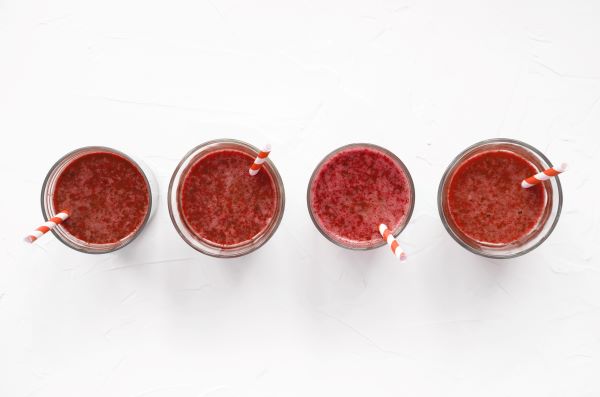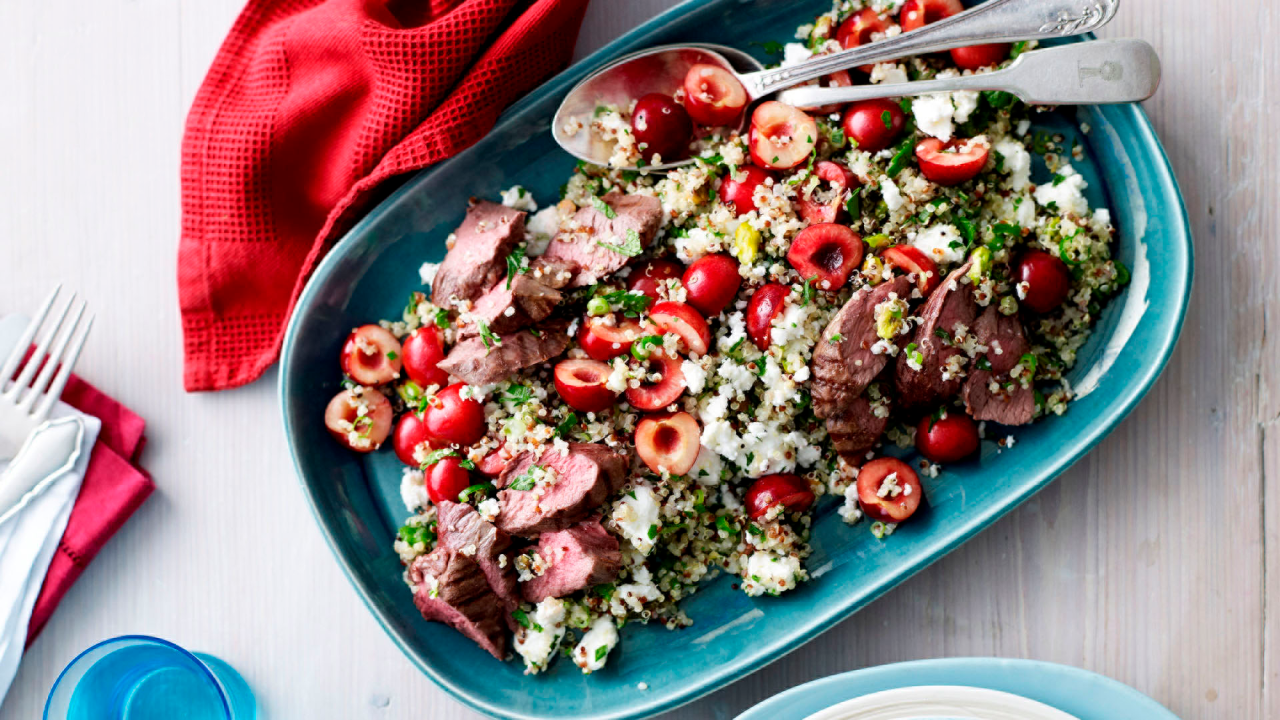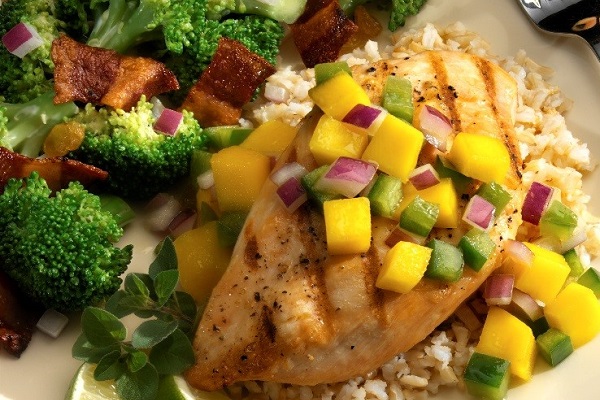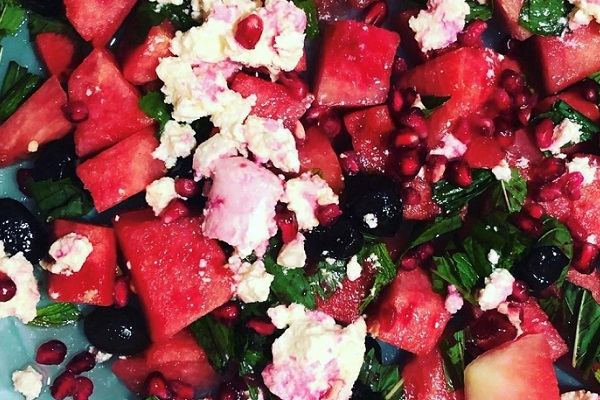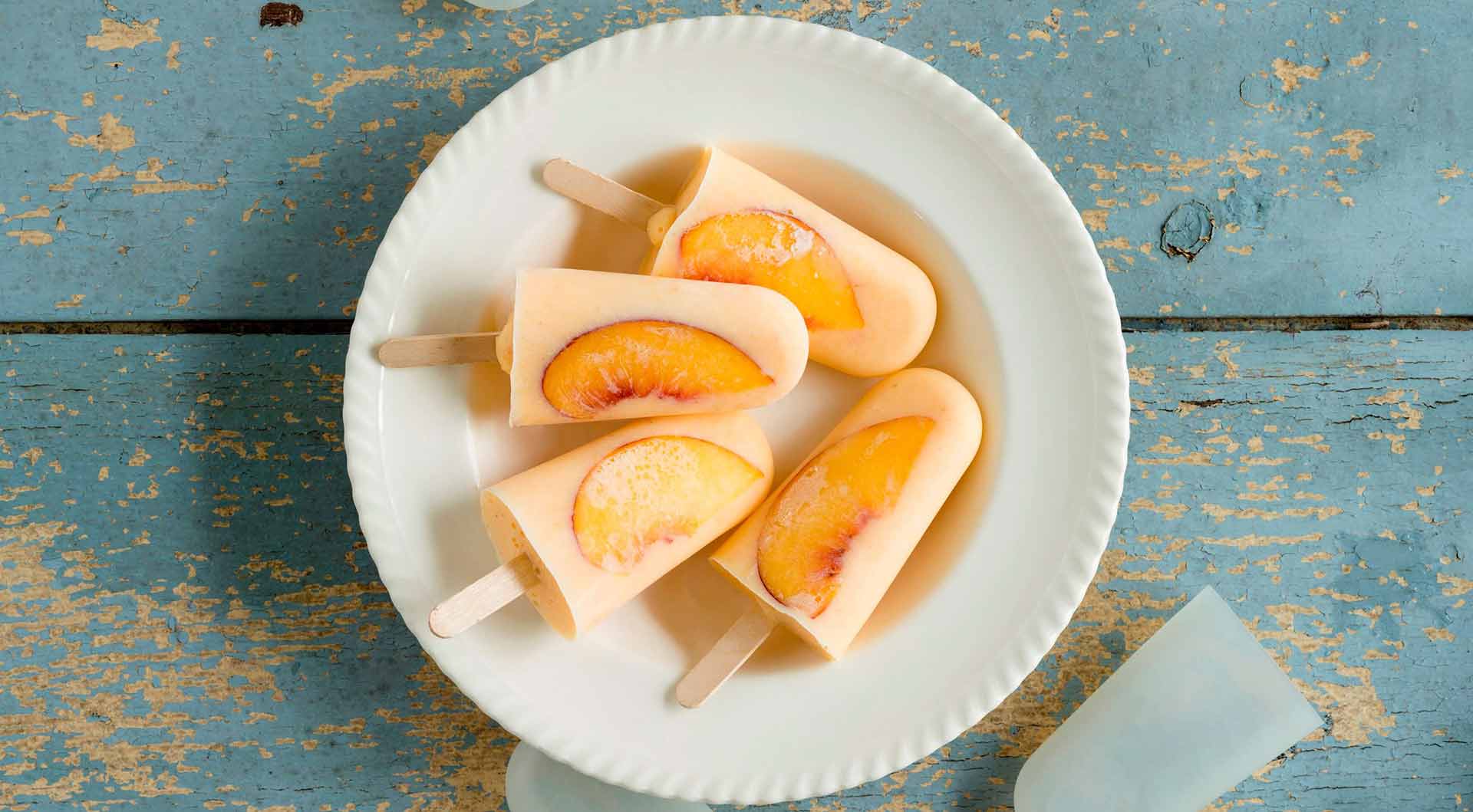-
Travelling with a conditions such as coeliac disease or gluten sensitivity should not stop you from seeing the world and experiencing all the fun that comes with travel. It just takes a little organisation and planning to make sure you stay healthy while you’re out enjoying your adventure.
Coeliac disease and gluten sensitivity
Coeliac disease is a condition where gluten (a protein found in wheat, barley, oats and rye) triggers an immune response in the small intestine. This reaction causes inflammation and can damage the lining of the small intestine, resulting in poor absorption of nutrients, weight loss, bloating, abdominal pain and diarrhoea. Coeliac disease is a serious medical condition that needs to be managed with a life-long gluten-free diet.
People with non-coeliac gluten sensitivity may also experience symptoms such as bloating and abdominal pain, and may find that a gluten-free diet provides relief.
However, research suggests that for some people these symptoms are not solely due to gluten, but caused by other fermentable sugars in the diet, known as FODMAPs. FODMAPs (Fermentable Oligosaccharides, Disaccharides, Monosaccharides and Polyols) are found in many common foods, but they are poorly absorbed in some people and are thought to contribute to symptoms of Irritable bowel syndrome.
Following a gluten-free diet
A gluten-free diet has different definitions in different countries. In Australia, the current definition of gluten-free is ‘no detectable gluten’ using standard methods under the food standards administered by Food Standards Australian and New Zealand (FSANZ). The gluten free standard in Australia is less than 20ppm (parts per million) of gluten.
The same gluten-free standard is adopted in the UK, Europe, Canada and the USA. Twenty ppm is a tiny amount of gluten and is believed to be a safe threshold for those with coeliac disease. These laws may change in the future as detection methods improve.
"Gluten-free has different definitions in different countries. In Australia, the current definition is ‘no detectable gluten’ under the food standards administered by FSANZ."
Tips for a gluten free trip
1. Plan ahead
If travelling by aeroplane, ensure you contact the airline and arrange gluten-free meals. If your travel includes touring via coach, train or cruise, contact them well in advance to arrange gluten free meals.
2. Look into your local options
Make enquiries at your planned destination. Find out where you will be able to purchase gluten free specialty breads, pasta and snacks. In some countries, this will be supermarkets, and others it may be limited to health food stores and pharmacies. Remember that not all countries have the same food labelling criteria as Australia. Follow the Australian guidelines for gluten free.
3. Focus on foods you CAN eat
Safe foods to eat include fruits, vegetables, meat, chicken, fish and seafood, dairy foods (cheese, milk, yoghurt), nuts, beans and legumes (lentils, chickpeas), rice, corn, soy, amaranth, arrowroot, buckwheat, quinoa, sorghum, tapioca and millet.
Be aware that some foods (such as dried beans and nuts) are at risk of cross-contact with wheat, barley or rye. Try to buy foods labelled gluten-free to be on the safe side.
4. Bring some foods with you
If you are going to a destination with less stringent food laws, pack some gluten free food. Pack some non-perishable foods like nuts, trail mix and gluten free crackers, and avoid consuming oats, even if they are marketed as ‘gluten free’.
5. Prepare for emergencies
Take a letter from your doctor outlining your medical condition and that you require special dietary restrictions.
6. Check out Gluten Free Passport
Visit Gluten Free Passport for a list of possible restaurants and cafes around the world that cater for special diets. They also have many useful travel cards in different languages which may help you communicate your dietary needs.
7. Make a list for quick reference
Make of a list of ingredients that you must avoid when travelling. This will help you when reading food labels and in restaurants.
The following list may be useful when shopping or looking at ingredient lists. The list is not completely exhaustive and includes some of the more common foods containing gluten. It is best to try and keep to fresh foods without added sauces and seasonings.
Foods containing gluten to be aware of while travelling
- Barley
- Brewer’s yeast
- Bulgur
- Couscous
- Duram
- Einkorn
- Emmer
- Farina
- Farro
- Graham flour
- Matzo meal
- Malt
- Oats
- Rye
- Semolina
- Soups, gravies, sauces (contain thickeners)
- Spelt
- Thickeners containing wheat
- Wheat
- Wheat germ
- Wheat starch
- Wheat-based dextrins and maltodextrins
Download the free be. Gluten Guide for more tips on gluten-free living.
Travel better with Medibank travel insurance. Find out more and get a competitive quote today.
References and more info
7 gluten free travel tips
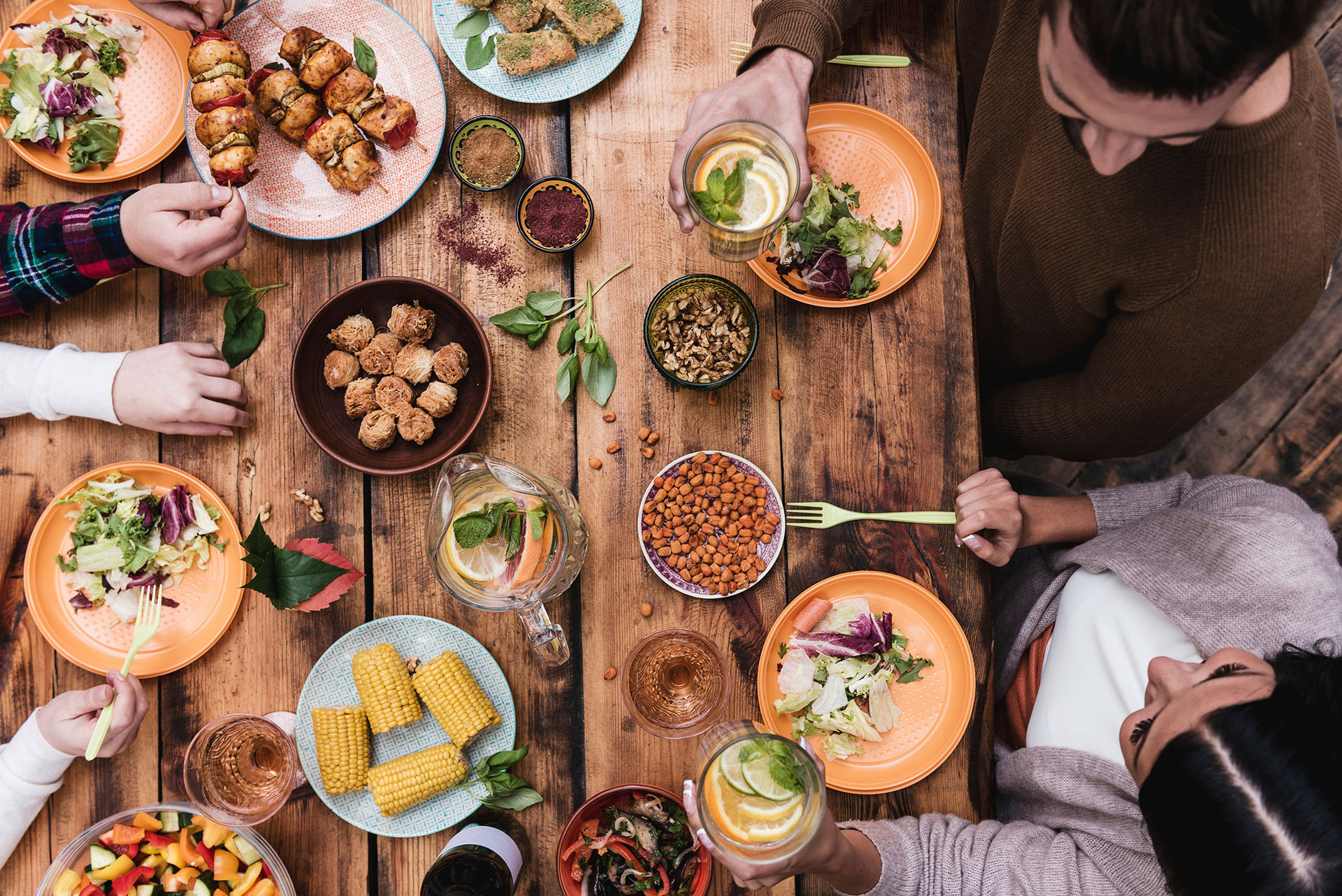
-
5 reasons to get your blender out
Soups, smoothies, sauces and more. Here we pay homage to one of the kitchen's most versatile appliances: the blender.
-
10 healthy recipes to enjoy this festive season
Trying to be healthy during the festive season can be tough. We’ve rounded up 10 of our most delicious summer recipes for you to make it easier.
-
Grilled chicken with mango and avocado salsa recipe
The flavour of the mango, lime and coriander work perfectly together to add a taste of summer to any meal.
-
Watermelon, pomegranate and olive salad recipe
You’ll be pleasantly surprised how well these flavours work together. It’s a simple and refreshing salad that will soon become a summer favourite.
-
Mocktail recipes: Five of the best
The same great taste.
-
10 delicious, low-sugar desserts
Naturally sweet ingredients are great for desserts
Subscribe to receive the best from Live Better every week. Healthy recipes, exercise tips and activities, offers and promotions – everything to help you eat, move and feel better.
By clicking sign up I understand and agree to Medibank's privacy policy

